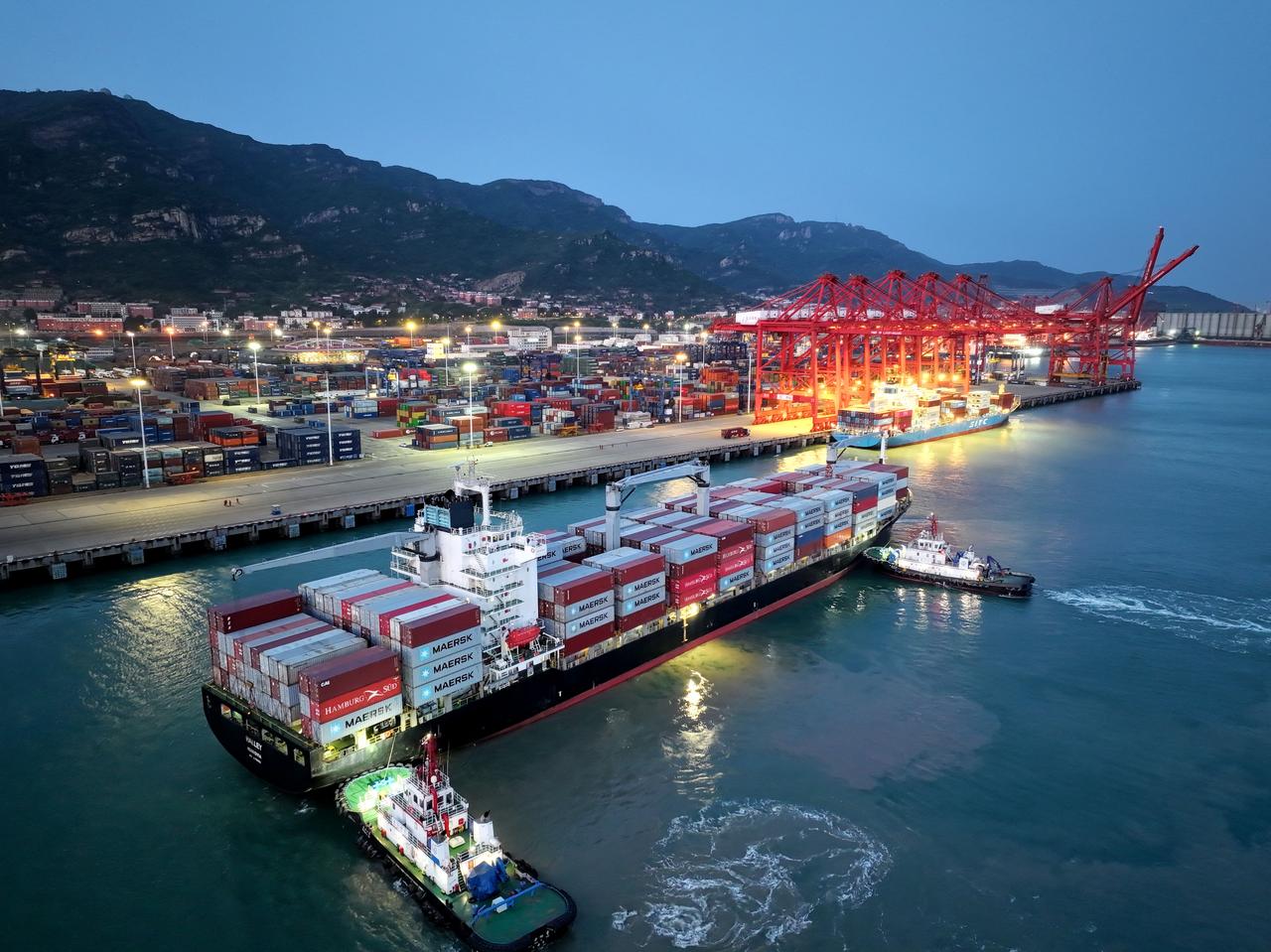China’s exports surged by an impressive 8.1% in April, a major boost that exceeded analysts’ predictions. According to data released by the country’s customs authority, the leap in U.S. dollar terms is sharply above the expected 1.9% rise forecasted by Reuters. However, this growth came on the back of an unexpected trade pivot. Shipments to Southeast Asia increased, compensating for a staggering drop in exports to the United States.
Southeast Asia Drives Export Growth

The lion’s share of this growth came from the Association of Southeast Asian Nations (ASEAN), where exports soared 20.8% in April compared to the previous year. This marked an acceleration from March’s 11.6% rise. Vietnam and Malaysia continued to dominate the region as top destinations for Chinese goods, but Indonesia and Thailand saw impressive year-on-year increases of 37% and 28%, respectively. This strategic shift towards Southeast Asia has become crucial for China, as the country diversifies its trade to mitigate the impact of rising tariffs on its goods.
U.S. Trade Takes a Hit Amid Tariff War
In stark contrast, trade with the U.S. has suffered dramatically. China’s shipments to the U.S. plunged by more than 21% in April from the same month last year. The drop follows the imposition of heavy tariffs by the U.S. administration, which have restricted the flow of Chinese goods. Imports from the U.S. also plummeted nearly 14%. The fallout from these tariffs has been swift, with the number of container vessels from China to the U.S. dropping significantly by late April.
The Toll of Tariffs: Impact on Jobs and Factory Activity

The consequences of these tariffs are beginning to ripple through China’s broader economy. Manufacturing activity fell to a 16-month low in April, with a key gauge of new export orders dropping to its lowest point since December 2022. The pain could soon spread further, with Goldman Sachs warning that the tariff-induced slowdown could result in the loss of 16 million jobs, approximately 2% of China’s labor force, mostly in sectors that supply goods to the U.S.
The effects are not just confined to factories. China’s employment figures are also showing signs of strain, with a recent purchasing managers’ index (PMI) indicating that job cuts are becoming more widespread. Manufacturing firms are beginning to halt production, and many workers are being put on paid leave, exacerbating the strain on China’s labor market.
Domestic Shifts and Stimulus Efforts
To counter the economic downturn, Chinese authorities have ramped up stimulus efforts in recent weeks. These measures include easing monetary policy and providing financial support to businesses that are struggling due to the tariffs. Local governments are also stepping in, directing tariff-hit exporters to focus more on the domestic market. While this strategy could provide short-term relief, it also risks intensifying deflationary pressures within China’s economy, already weighed down by falling prices.
Inflation Fears and Deflationary Pressures
This delicate balance is set to be tested in the coming days, as China prepares to release its latest inflation data. Consumer prices are expected to slip by 0.1% from a year ago, while the producer price index is forecasted to drop by a more significant 2.8%. This deflationary trend highlights the deepening challenges China faces as it attempts to stimulate domestic demand while coping with external trade pressures.
The Road Ahead: Trade Talks and Economic Recalibration
Looking forward, all eyes are on an upcoming high-level meeting between U.S. and Chinese officials, scheduled to take place in Switzerland. This meeting could prove pivotal in determining the future of U.S.-China trade relations, with the potential for tariff de-escalation. While analysts are divided on the pace of progress, some remain hopeful that a phased rollback of tariffs could provide much-needed relief for China’s beleaguered economy.
“Tariff de-escalation, if it materializes, would serve as a major positive for Chinese equities,” said Laura Wang, an equity strategist at Morgan Stanley.
However, she cautioned that the negotiation process would be lengthy and fraught with challenges.
Growth Projections Slashed Amid Ongoing Struggles
Despite hopes for a trade thaw, China’s economic growth projections have been revised downward. Wall Street analysts have lowered their forecasts for China’s GDP growth to around 4% this year, a significant shortfall from the government’s target of 5%. The ongoing pain from tariffs, coupled with a weakening manufacturing sector, is expected to keep China’s growth rate subdued for the remainder of 2025.
Trade and Economic Uncertainty Linger
China’s export surge in April is a hopeful sign, but it comes amid ongoing trade challenges. While Southeast Asia offers a promising growth avenue, the ongoing trade war with the U.S. continues to weigh heavily on China’s economic outlook. With inflation concerns mounting and job losses on the horizon, the coming months will be crucial in determining whether China can weather this storm or if further economic adjustments will be needed. The outcome of U.S.-China trade talks could serve as the next major inflection point in this unfolding economic drama.



